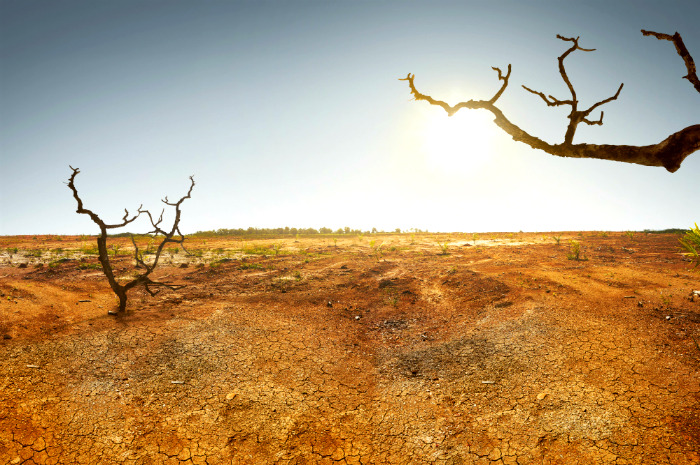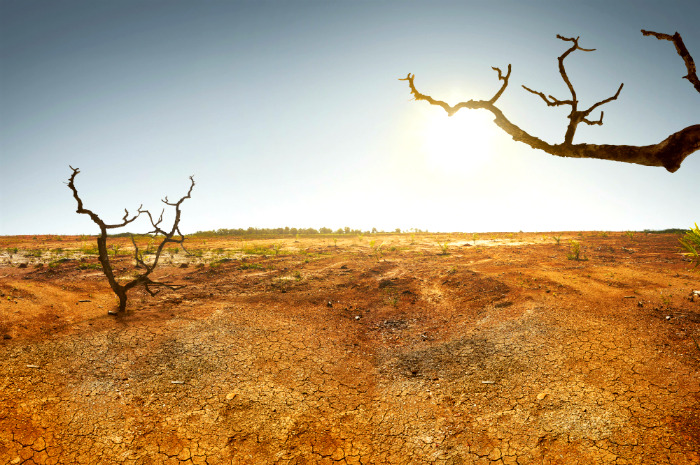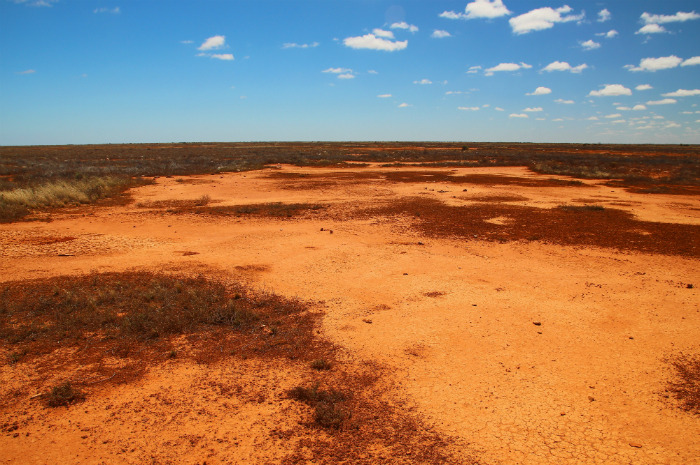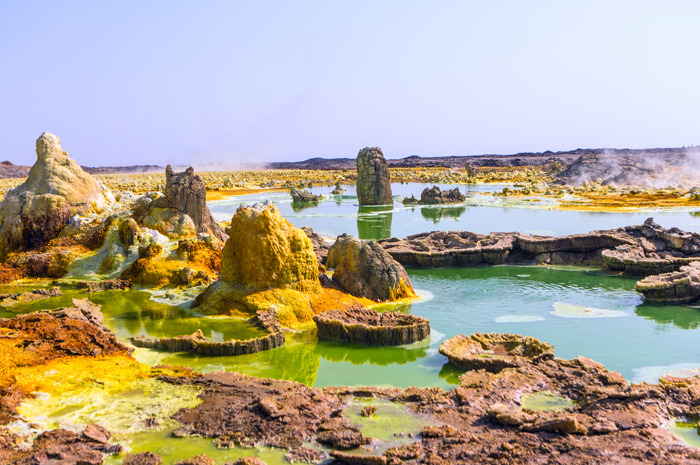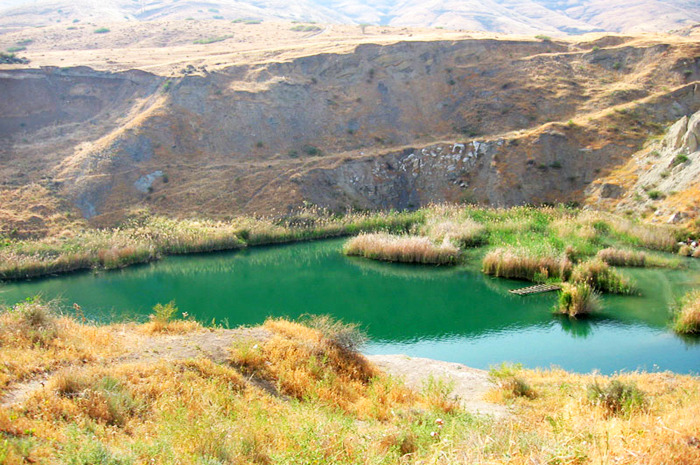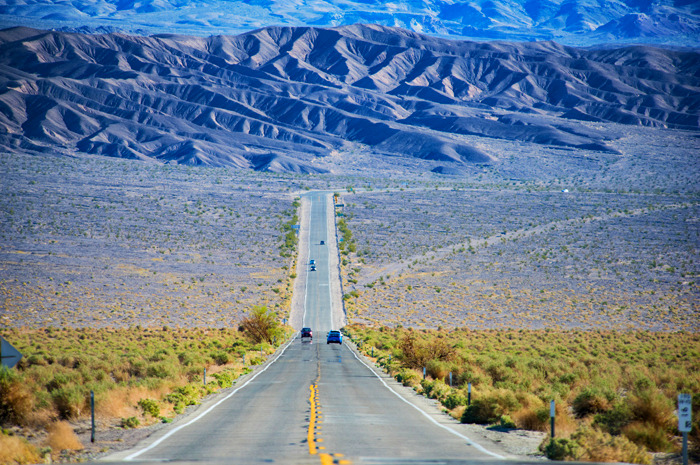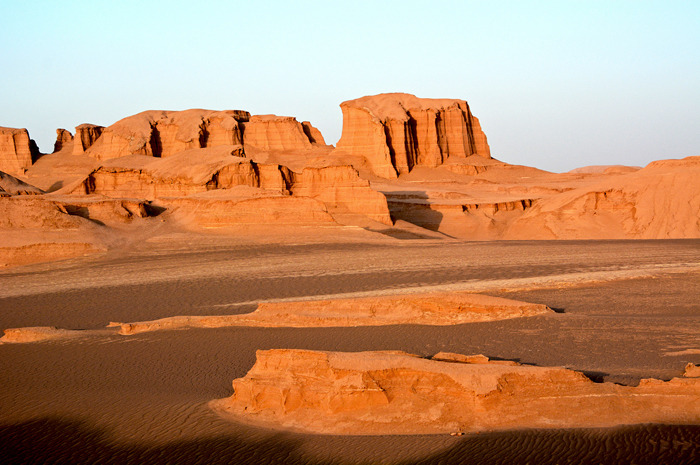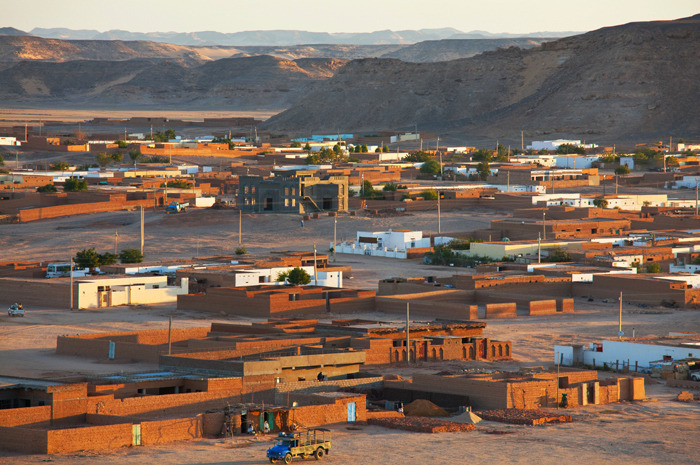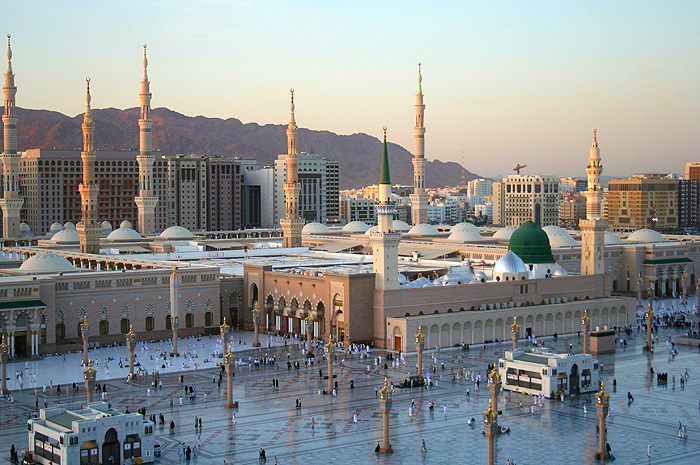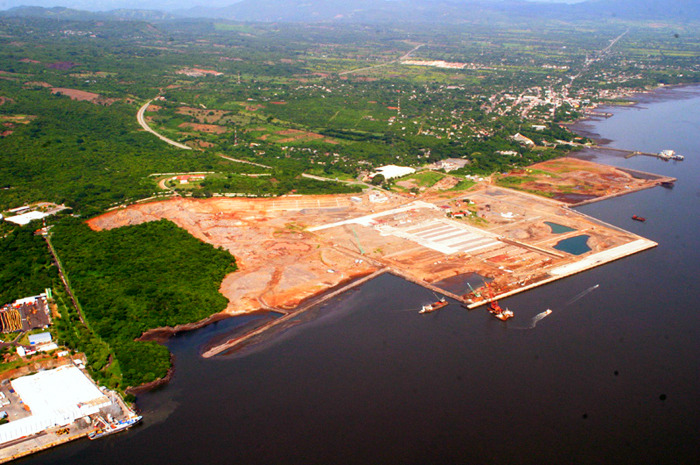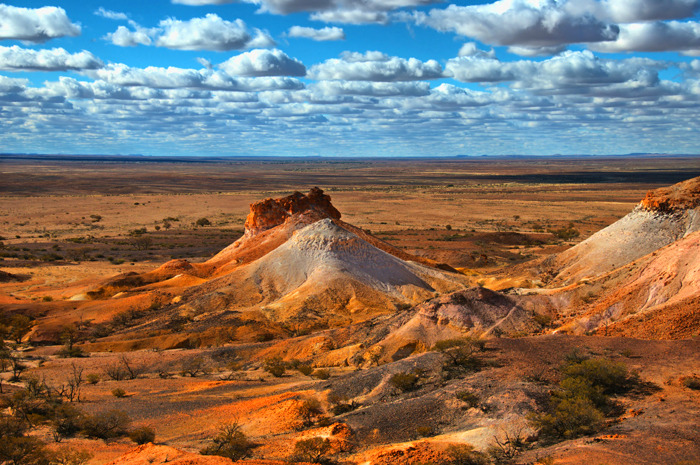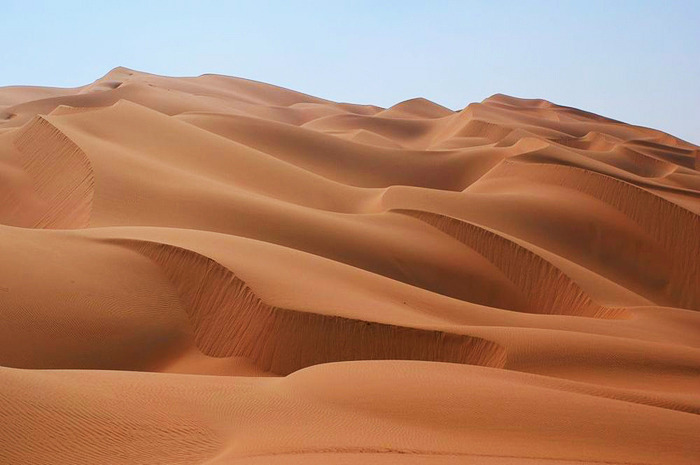16 Of The Hottest Places On Earth
16 of the Hottest Places on Earth
Winter's cold months often make people dream of warm retreats. Be careful what you wish for, and do your research before you book a trip, because you may end up in a sizzling hot environment. Deserts are not the only places where temperatures reach dangerously record high levels. While pointing at one specific location as the hottest on the planet is not realistic, many places measure consistently scorching temperatures that have been recorded for decades.
Badlands of Australia
Australia is a dangerous country not just because of its animals. In 2003, a NASA satellite measured the Badlands' land surface temperature to be 156.7 degrees Fahrenheit. Australia's wilderness is known for its very hot and dry weather conditions – this is one reason why it's sparsely populated.
Dallol, Ethiopia
This is one of the hottest, driest, and lowest places on the planet – 380 feet below sea level. The average temperature there is 93 degrees Fahrenheit, the highest in the world. The fact that it barely rains – Dallol only receives 100 to 200mm of rainfall per year – doesn't help.
Tirat Zvi, Israel
You can expect that anything located 722 feet below sea level will not have a friendly climate. The highest temperature ever recorded in Asia was recorded at Tirat Zvi: 54 degrees Celsius – or 129 degrees Fahrenheit – on June 21, 1946. Interestingly, the region is fertile due to its proximity to the Jordan River. The kibbutz is the largest date grower in Israel, with 18,000 trees.
Death Valley, California
Death Valley is often deemed the world's hottest place. It's the lowest, driest, and hottest spot in the U.S. It holds the record for the highest reliably reported air temperatures – 134.06 degrees Fahrenheit – measured in 1913. Park rangers at Death Valley National Park are sick of cleaning up after people frying eggs on the ground. The dunes in the park are particularly dangerous. The heat, which often reaches close to 130 degrees Fahrenheit, can easily cause death.
Al-Aziziyah, Libya
It held the record for the highest temperature ever directly measured on Earth – 136.4 degrees Fahrenheit – for 90 years. Even though it was found in 2012 that the measurement was inaccurate, the region, which is about 25 miles from Tripoli, is still among the hottest on the planet. Temperatures regularly reach 120 degrees, especially in the summer.
Dasht e-Lut, Iran
NASA measured temperatures from space during a seven-year study. In five different years – 2004, 2005, 2006, 2007 and 2009 – the hottest spot on the planet was in the Lut Desert. In fact, in 2005, the highest official reading ever was measured: 159.3 degrees Fahrenheit. This UNESCO World Heritage Site is certainly the hottest place in Iran.
Kebili, Tunisia
The desert town, which is known for being one of the oldest on the continent, is also famous for its scorching temperatures. The highest recorded there is just over 131 degrees Fahrenheit. The 156,000 residents find solace, and a place to cool down, under the town's many palm trees.
Wadi Halfa, Sudan
The city lies on the east bank of the Nile River, on the border with Egypt. (The town of Dongola, which is about a 4-hour drive away, is among the sunniest places on the planet.) The climate in northern Sudan is generally warm and dry, but Wadi Halfa once recorded a temperature of 127 degrees Fahrenheit.
Timbuktu, Mali
Mali straddles Africa's north-south divide between the Sahara and the savanna. Timbuktu, which has one of the world's greatest collections of ancient manuscripts, has historically been the most popular destination in the country. It is endangered by desertification, as it is slowly being overtaken by the intruding desert. Temperatures as high as 130 degrees Fahrenheit have been recorded. It would be much hotter if the Niger River weren't about 15 miles away.
Flaming Mountains, China
The apt name is not surprising. Its landscape looks like a burning flame, which only matches its weather – blazing hot. One of the highest temperatures ever measured – 152.2 degrees Fahrenheit – was recorded in the Flaming Mountains. It was the hottest measurement in the world for 2008.
Mecca, Saudi Arabia
The average temperature here is 87.3 degrees Fahrenheit, making it one of the hottest cities in the world when it comes to average temperatures. The best times to visit are in January, February, and March, as well as November and December, when it drops to about 70-80 degrees Fahrenheit. The hottest time is in June when temperature regularly reaches 96 degrees Fahrenheit.
Guaymaral, Colombia
The high-elevation airport at more than 8,380 feet is near the town of Valledupar. The average temperature there is 95 degrees Fahrenheit, making it the warmest site with a weather station in South America.
La Union, El Salvador
La Union is a popular cruise port, but also one of the most dangerous in the world. Mugging and armed robberies are a major concern. If this doesn't scare you, maybe the regularly sizzling temperatures will. The annual average measurement is 84 degrees Fahrenheit, which equals that of Choluteca in Honduras.
Tarawa, Kiribati
The island nation is on the list of places you should visit before they disappear, and it might be gone in as little as 30 years, according to climate experts. Climate change has forced the country's officials to draft an "inevitable" relocation plan for its 102,000 citizens. As ice continues to melt and global sea levels rise, the 33 islands, which are between 3 and 6 feet above sea level, face trouble. The annual average temperature is 83 degrees Fahrenheit.
Coober Pedy, Australia
The mining town is one of the most unique places in all of Australia. It's often referred to as the country's underground town because 80 percent of the people live as a subterranean community, largely to stay out of the summer's 120-degree temperatures.
Rub’al Khali, Arabian Peninsula
The vast desert region constitutes the largest portion of the Arabian Desert. It covers an area of about 250,000 square miles in a structural basin. It is also the largest area of continuous sand in the world. Temperatures as high as 133 degrees Fahrenheit have been reported. It barely rains there – just over an inch a year. The desert was not crossed unsupported and by foot for the first time until February 2013.
